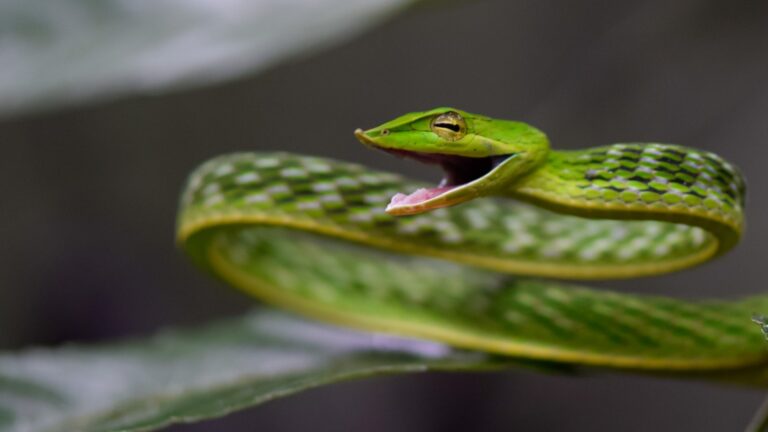How To Help A Nervous Chinchilla Feel At Home
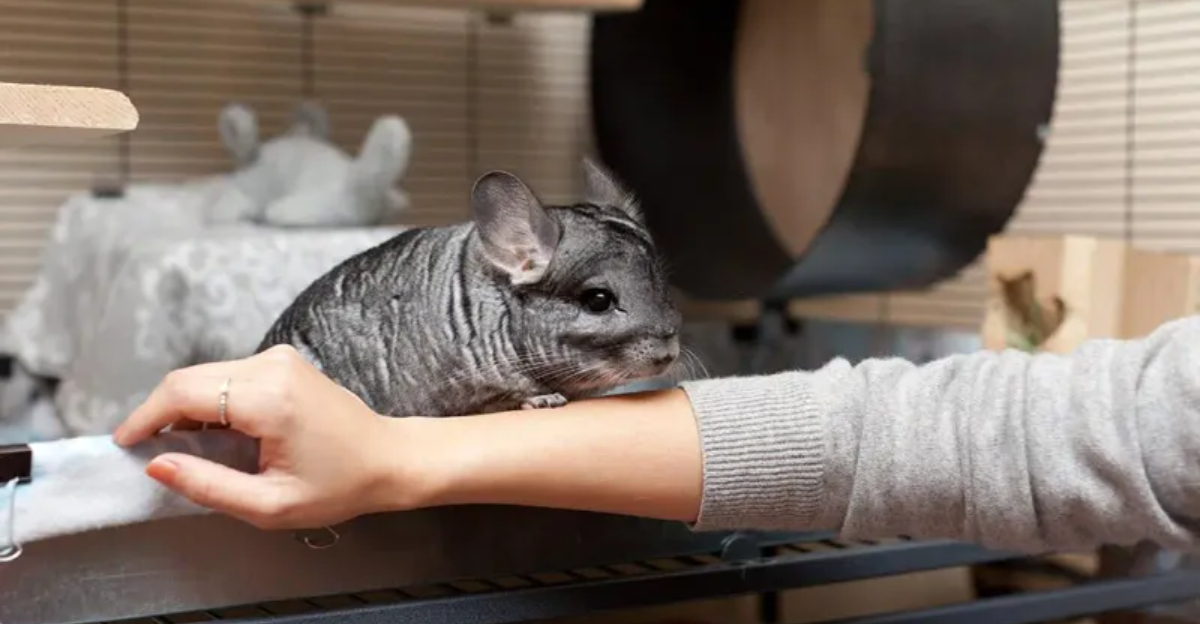
Bringing home a fluffy little chinchilla can be exciting, but these sensitive creatures often need time to adjust to new surroundings.
Their shy nature and keen senses can make them especially vulnerable to stress during transitions. Helping your nervous chinchilla feel secure isn’t just kind—it’s essential for their health and happiness as they settle into their forever home.
1. Create A Quiet Sanctuary

Ever notice how you sleep better in a peaceful room? Your chinchilla feels the same way! Place their cage in a low-traffic area away from TVs, loud music, and household commotion.
The corner of a bedroom or home office works wonderfully. This quiet spot gives them a chance to observe their surroundings without feeling overwhelmed by noise and movement.
2. Provide Plenty Of Hiding Spots
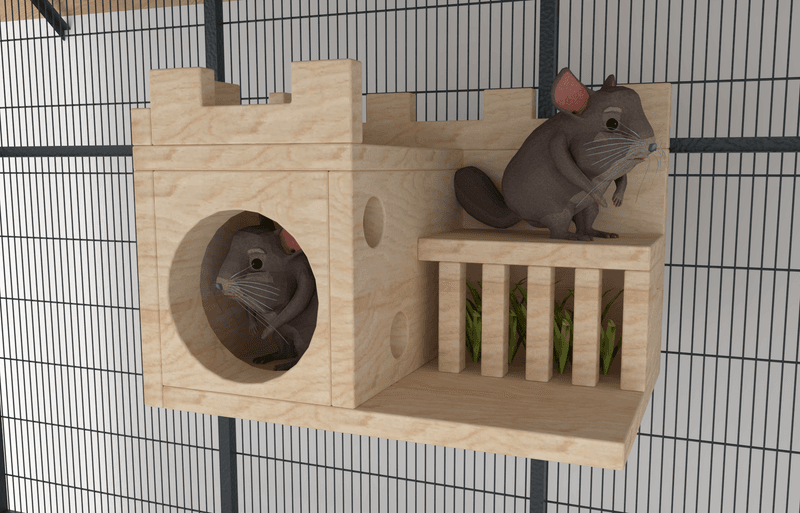
Feeling exposed makes anyone nervous—chinchillas included! Fill their habitat with wooden houses, tunnels, and shelves where they can duck away when feeling threatened.
These hideaways aren’t just furniture; they’re security blankets for your fuzzy friend. Having multiple hiding options lets them choose where they feel safest as they gradually build confidence in their new home.
3. Maintain A Consistent Schedule

Surprises might be fun for birthday parties, but chinchillas prefer predictability! Feed, clean, and interact with your pet at the same times each day.
This routine helps them know what to expect, reducing anxiety about when food will appear or when strange hands might reach into their space. Over time, this consistency builds trust as they learn the patterns of their new home.
4. Speak Softly Around Your Chinchilla

Those adorable oversized ears aren’t just for show! Chinchillas have incredibly sensitive hearing that makes loud voices feel like shouting through a megaphone.
Use a gentle, calm voice when you’re near their cage. Talking softly while moving slowly around them helps create a peaceful atmosphere. Many owners find that reading aloud in a quiet voice helps chinchillas associate human sounds with safety.
5. Allow Adjustment Time Before Handling

Rushing into cuddle sessions is tempting but counterproductive! Give your new chinchilla at least a week to acclimate before attempting to handle them.
During this period, simply sit near their cage, talking quietly so they associate your voice and presence with safety. This patience pays off enormously—building trust before physical contact creates a foundation for a much stronger bond.
6. Use Treats As Trust-Building Tools
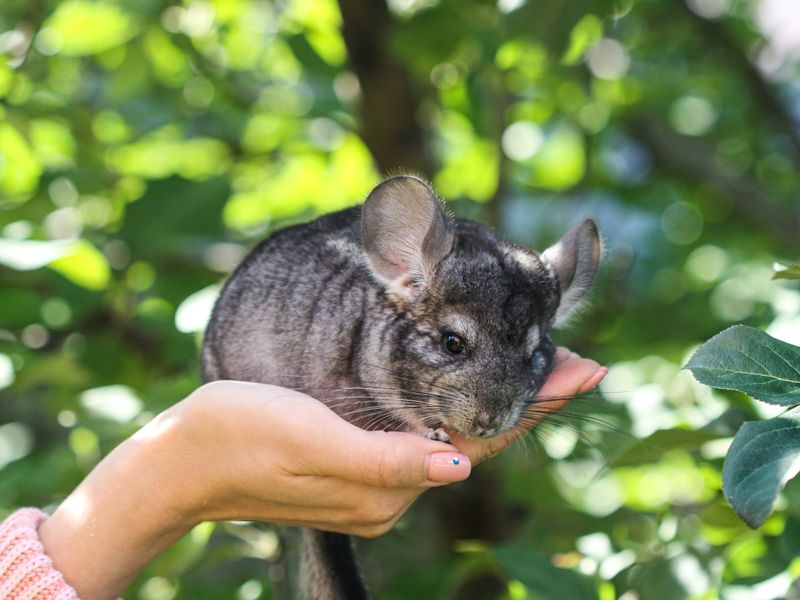
Food speaks a universal language of friendship! Offer small treats like dried rose hips or a raisin (sparingly) from your palm without grabbing.
Let your chinchilla approach you on their terms. This positive association helps them connect your presence with good things happening. Remember that patience wins the race—some chinchillas may take weeks before feeling brave enough to accept treats directly.
7. Keep Temperature And Humidity Ideal

Imagine wearing a thick fur coat in summer—uncomfortable, right? Chinchillas struggle with temperatures above 75°F due to their dense fur.
Maintain room temperature between 65-72°F with humidity below 50%. These conditions mimic their native Andean mountain habitat. Physical comfort dramatically reduces stress, allowing your chinchilla to focus on adjusting to new surroundings rather than feeling overheated.
8. Establish a Gentle Handling Routine
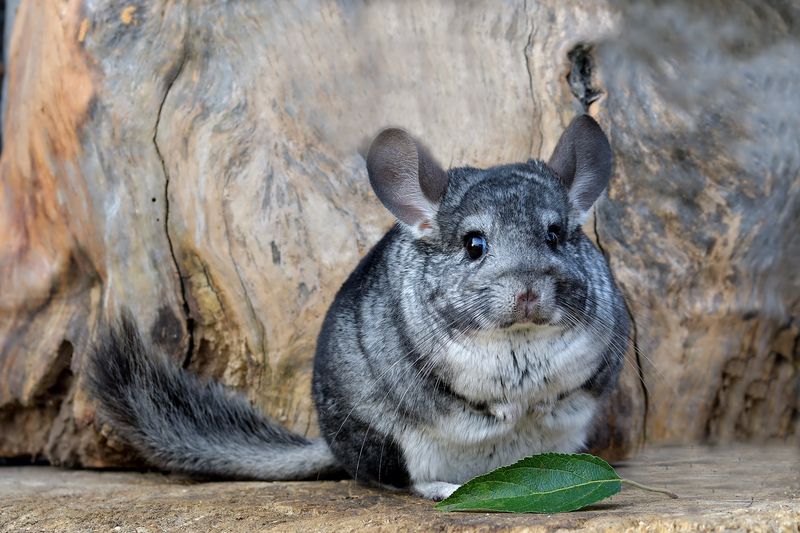
First impressions matter enormously in the chinchilla world! When beginning to handle your pet, use a specific verbal cue like “up we go” before gently scooping them.
Support their bottom with one hand and their chest with the other. Keep sessions brief—just 5-10 minutes initially. This predictable approach prevents startling them and builds a pattern they can recognize and eventually welcome.
9. Introduce Enrichment Activities Gradually
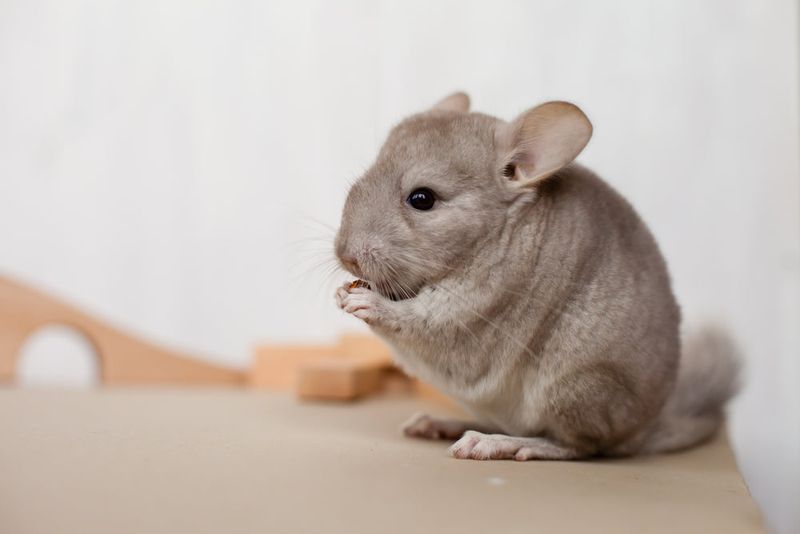
Boredom breeds anxiety, but too many new toys can overwhelm! Start with just one or two simple items like a wooden chew toy or willow ball.
Add new toys weekly rather than all at once. This gradual introduction prevents sensory overload while still providing mental stimulation. Watching which toys they gravitate toward also helps you understand their preferences and personality.
10. Create A Consistent Cage Layout
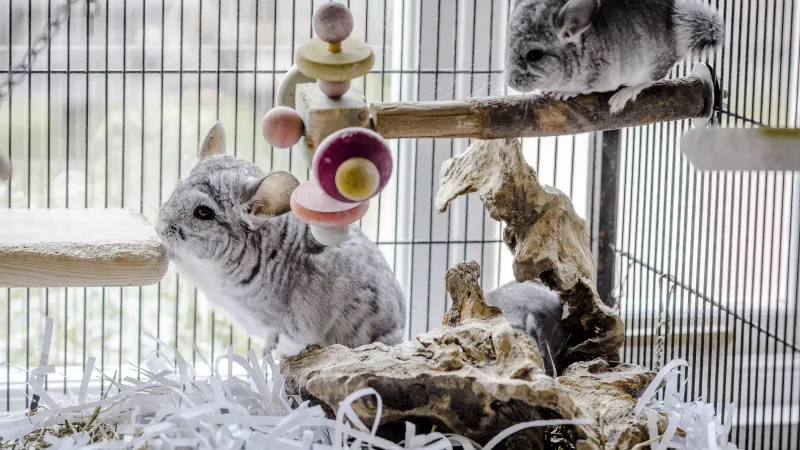
Moving furniture constantly would stress anyone out! Once you’ve set up their cage, resist the urge to rearrange everything during cleaning.
Keep water bottles, food dishes, and hideaways in the same locations. This consistency helps your chinchilla navigate confidently, even after cage maintenance. When they know exactly where their resources are, they spend less energy on anxiety and more on exploring and playing.
11. Minimize Exposure To Other Pets
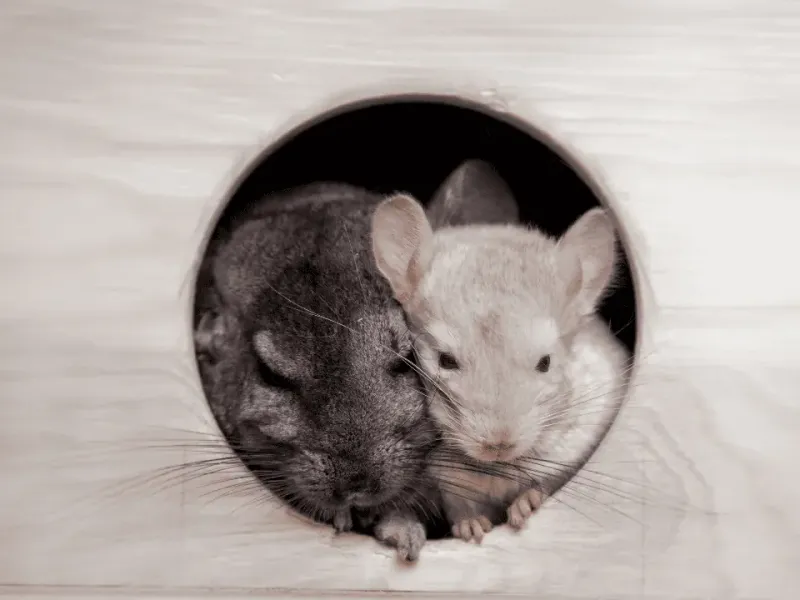
Your curious dog or stalking cat might just want to say hello, but to a chinchilla, they look like predators! Keep other household pets away from your chinchilla’s area, especially during the adjustment period.
Even seeing or smelling predator animals can trigger intense stress. Consider using a room divider or keeping the chinchilla in a separate room until they’ve fully settled in and feel secure.
12. Respect Their Natural Activity Cycle
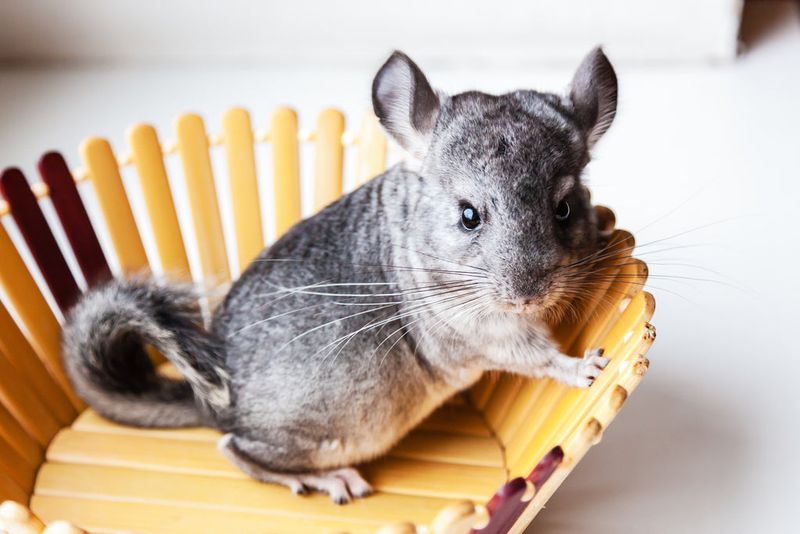
Waking someone during deep sleep makes for a grumpy friend! Chinchillas are crepuscular, meaning they’re most active at dawn and dusk.
Try to interact with them during their natural active periods rather than disturbing their daytime sleep. This timing respect shows you understand their needs and builds trust. Your chinchilla will appreciate your visits much more when they’re already awake and ready for social time.

